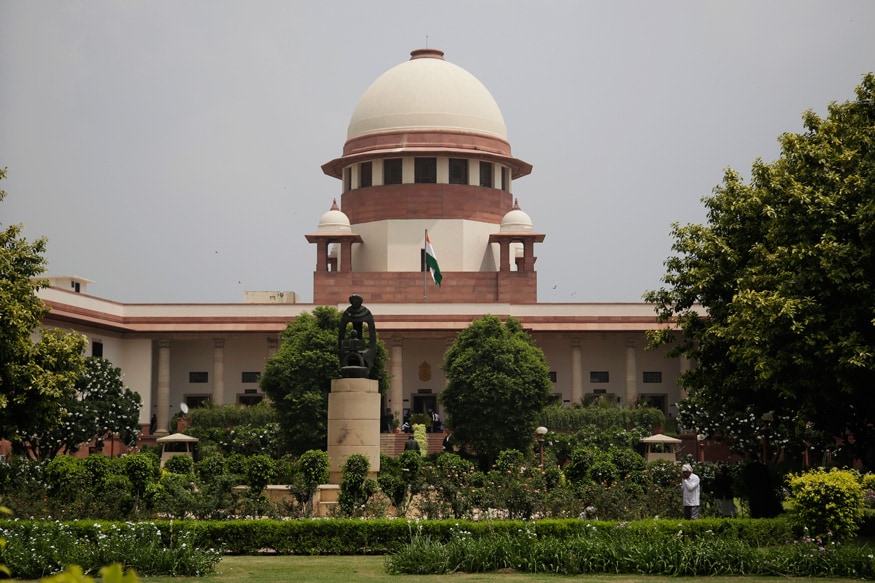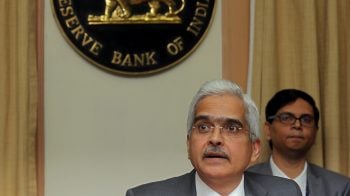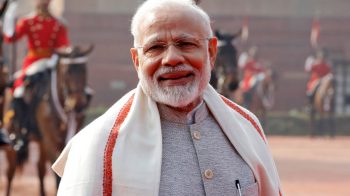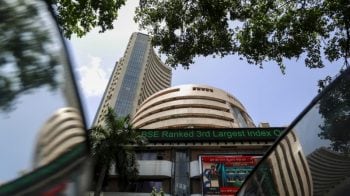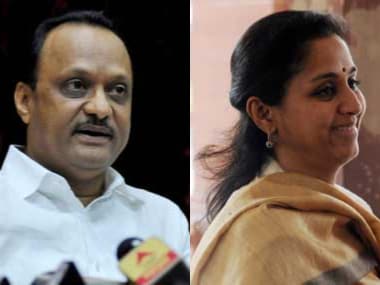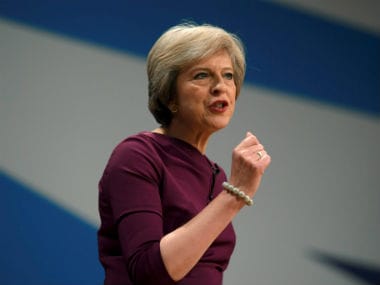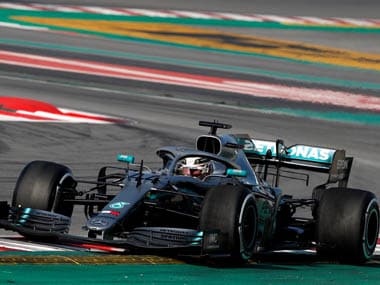In 2014, prior to the elections (December 2013-May 2013), the Sensex delivered 16 percent absolute returns. In 2009 (December 2008-May 2009), the Sensex delivered 61 percent absolute returns
There may be some bit of euphoria, mixed with a pinch of nervousness in equity markets ahead of elections, but data indicates equities have delivered positive returns in most election years, said Tushar Pradhan, Chief Investment Officer, HSBC Mutual Fund.
India is gearing up for the 17th Lok Sabha elections to be conducted in seven phases starting from April 11.
The sentiment will matter for the fund house as it recently launched HSBC Large and Midcap Equity Fund, which will remain open for subscription until March 25. Pradhan believes volatility in equities can be kept under check with the stability of large caps, and midcaps can provide necessary high growth potential engine to a portfolio.
So, a mix of a large and mid-cap fund can deliver higher growth with lesser volatility.
When asked if it was an apt time to launch this fund as investors are currently jittery ahead of elections, he said: “Elections have not shown conclusive evidence of negative impact on equity market performance during the last seven Lok Sabha elections,” Pradhan said.
For instance, before elections in 2014 (December 2013-May 2013) the Sensex delivered 16 percent absolute returns. In 2009 (December 2008-May 2009) the Sensex delivered 61 percent absolute returns.
From December 1, 2018, until March 11, 2019, Sensex has risen 2.50 percent.
Speaking about sectors HSBC is betting on, Pradhan said in an environment of moderate to tight liquidity the fund house prefers banks over NBFCs due to the former’s stronger liability franchise.
“The NPA creation, as well as the (NPA) recognition cycle, have peaked and the NPA resolution process is well underway. As a result, the private corporate lenders will see a fall in credit costs, leading to improvement in return ratios,” Pradhan said.
Within the NBFC space, the fund house is investing selectively and buying companies that have a retail focus, healthy capital position and ALM (asset liability management).
The fund house is also investing in consumer discretionary stocks, automobiles, auto ancillaries, and hotels.
“Longer term attractiveness of the (consumer discretionary) sector remains intact as before, given that the overall consumption demand in the economy continues to grow on the back of increasing disposal income,” Pradhan said.
Among materials, HSBC Mutual Fund is also looking at stocks in the cement sector in order to capture the improving capacity utilization along with the domestic cyclical recovery and to play the housing theme.
Within industrials, the fund house prefers to invest in construction, consumer industrial, and building materials as opposed to capital goods.
Near term sentiment for infrastructure has taken a hit due to a slowdown in orders, which is a usual phenomenon ahead of elections, Pradhan said.
However, he believes the government’s focus on infrastructure development is expected to continue which will be positive for the construction companies. Also, building materials segment may also benefit from the shift to organised from unorganised.
As of end-December, HSBC Mutual Fund’s average assets under management stood at Rs 10,707 crore, down 10.24 percent a quarter ago.
Follow @HimadriBuchNot sure which mutual funds to buy? Download moneycontrol transact app to get personalised investment recommendations.


























